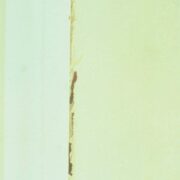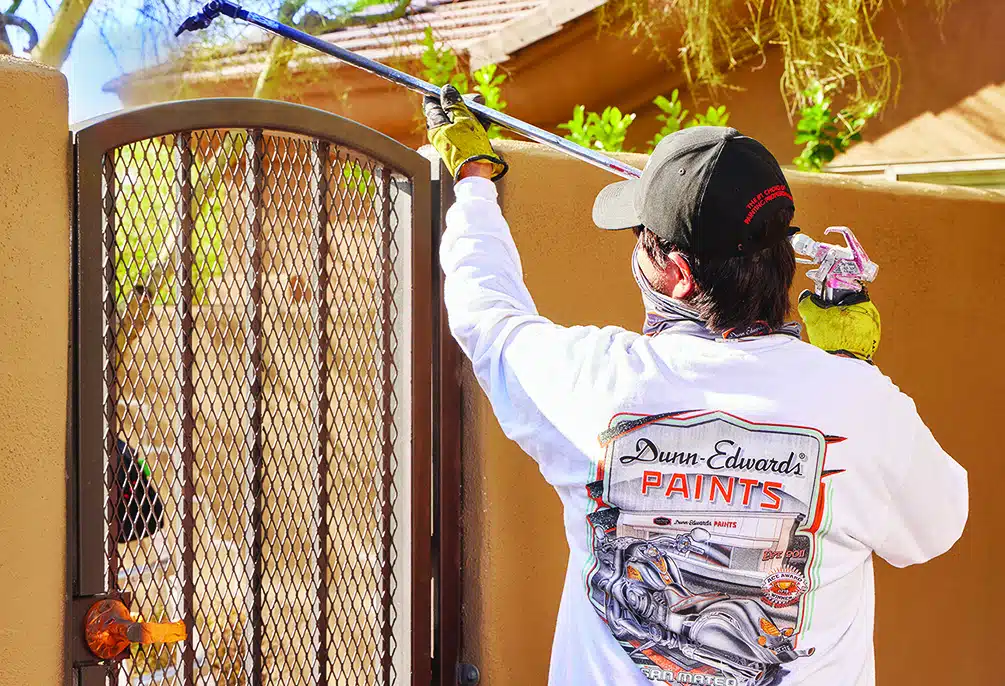Blocking
Definition
Blocking occurs when two freshly painted surfaces stick together when pressed against each other, such as a door sticking to the jamb or window sticking to the sill. Frequently, when one surface “breaks” free, it leaves paint from its own surface or peels paint from the opposing surface.

Causes
- Pressing newly painted surfaces together before they have fully dried
- Using slow-drying, oil-based paints that have been stored for long periods
- Applying another coat of paint before the first coat is completely dry Applying excessive amounts of paint on a surface
- Using a low-quality, water-based semi-gloss or gloss paint not designed to have block resistance
Solutions
- If the area has never been painted, prime the surface with a high-quality primer.
- If a blocking condition already exists, scrape or sand the surface to remove all loose paint. Clean off any dust or dirt and then prime the area with a high-quality primer.
- Doors and windows should be properly adjusted for free and smooth operation before painting.
- Use a top quality semi-gloss or gloss acrylic latex paint. Low-quality latex paints generally have poor block resistance, especially in warm, damp conditions. Acrylic latex paints generally have better block resistance than vinyl acrylic paints or alkyd and oil-based coatings. Alkyds, however, can develop superior block resistance as the film hardens.
Product Recommendations
Primer
Desired Finish
Recommended Primer
Natural Wood
Synthetic Wood
Ferrous Metal
BLOC-RUST® Premium Interior/Exterior Rust Preventative Metal Primer White (Water Based)
Non-Ferrous Metal
Exterior
Surface
Recommended Product
Interior
Surface
Recommended Product
Eggshell
Satin/Low Sheen
Semi-Gloss
Low odor | Zero voc interior
Surface
Recommended Product
Eggshell
Semi-Gloss
Please note that these suggestions are provided as a service to you. We are unable to guarantee or be responsible for the results obtained by these procedures. If you have additional questions, ask any of our expert sales associates.






